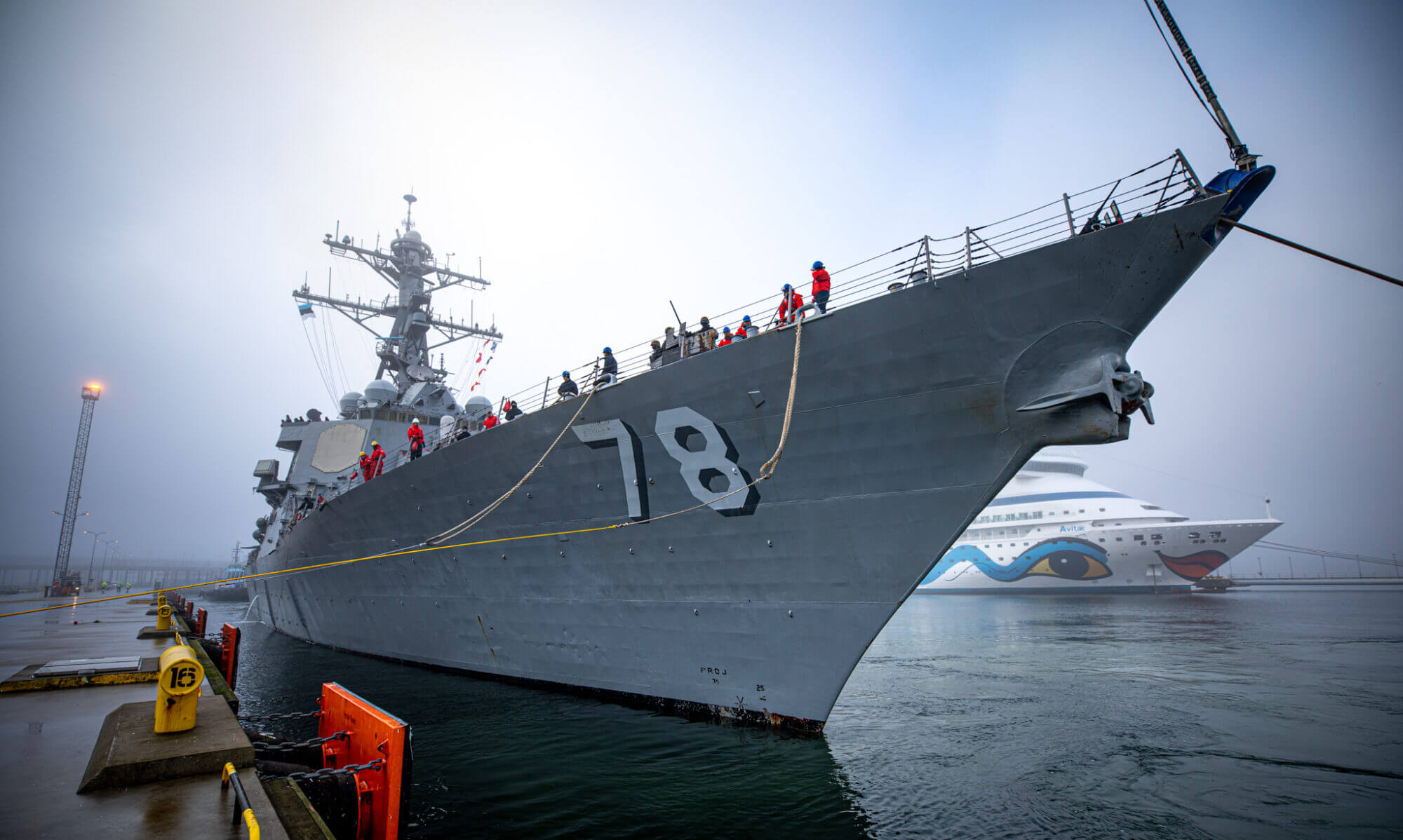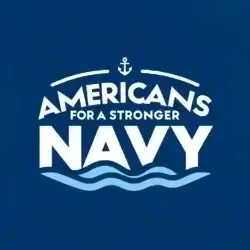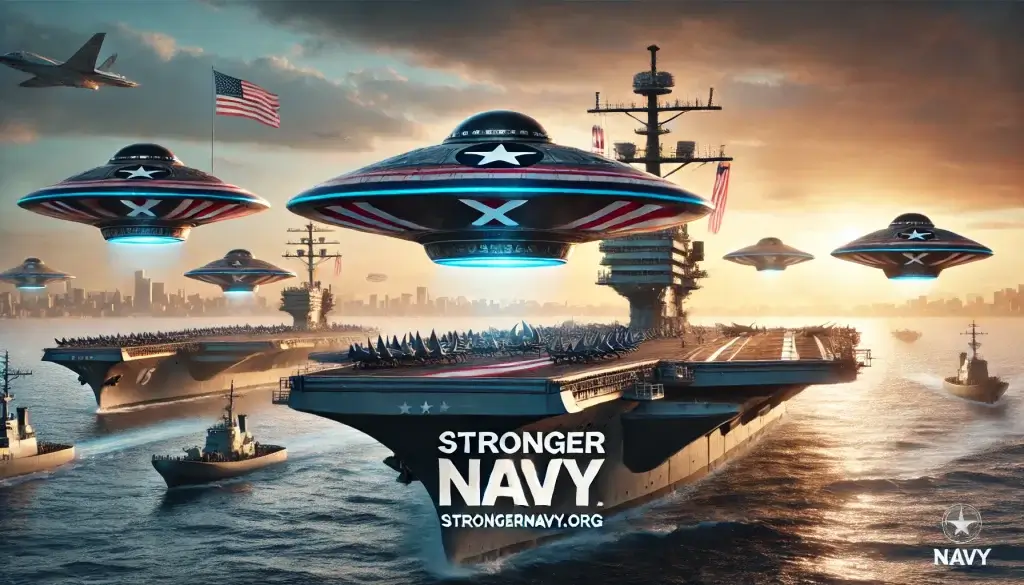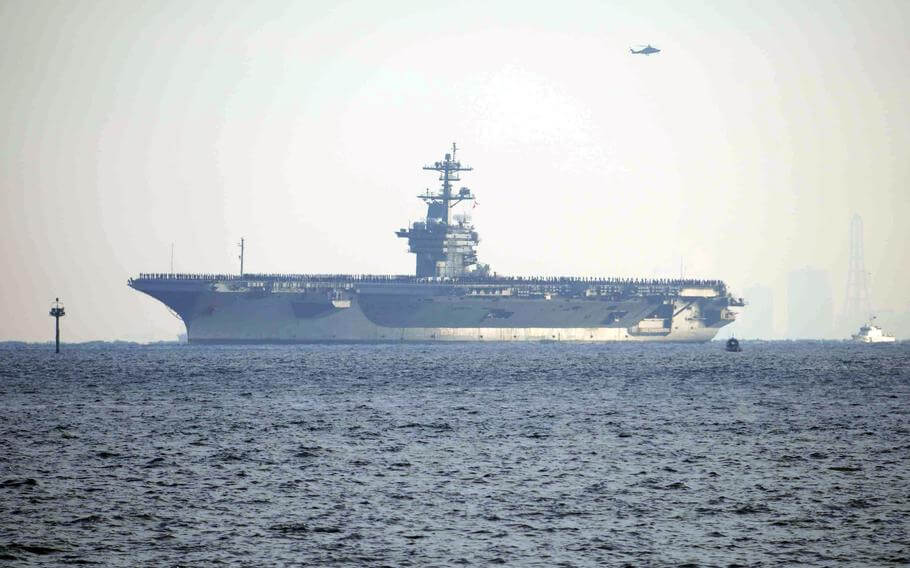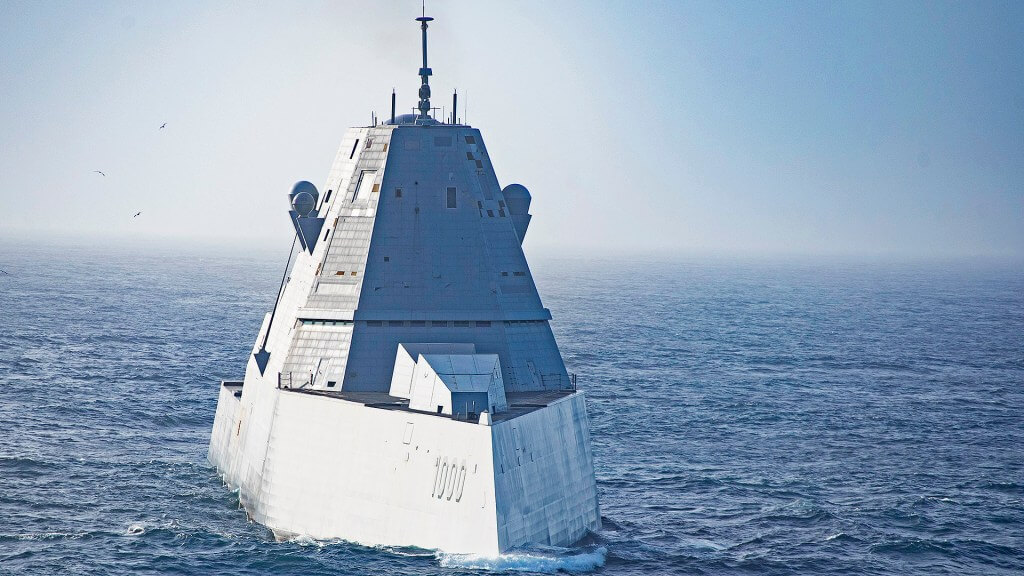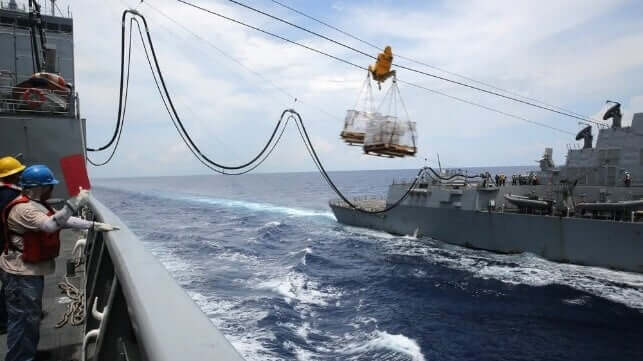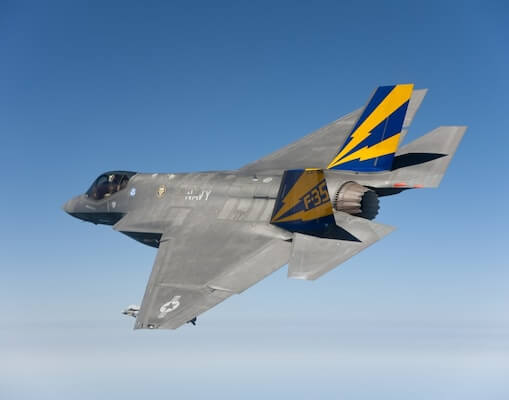
Welcome Back to Our Series on the F-35: A Closer Look at Defense Planning

In the first article of this series, we explored the intense debate surrounding the F-35 program, diving into its groundbreaking capabilities, its criticisms, and its significance for the U.S. Navy. If you missed it, we encourage you to catch up by clicking here—it sets the stage for the deeper dive we’re taking today.
In this second installment, we’re peeling back the layers of what goes into planning and sustaining a program as complex as the F-35. From long-term strategic considerations to the technological, geopolitical, and logistical hurdles faced by planners and engineers, this article offers a behind-the-scenes look at the monumental efforts required to develop and maintain advanced military technology.
Here’s what you’ll find inside:
- Strategic Planning: How the Navy balances current operational needs with future threats.
- Technological Challenges: The complexities of integrating cutting-edge features into a carrier-based fighter.
- Economic and Geopolitical Factors: The program’s impact on global alliances, jobs, and military readiness.
- Transparency and Accountability: Why oversight and public engagement are critical to sustaining programs like the F-35.
This journey isn’t just about understanding the aircraft—it’s about appreciating the intricate process that ensures the U.S. Navy remains a global leader. So, let’s dive into the complexities of defense planning and explore why it’s so important for all Americans to stay informed and engaged.
Behind the Scenes of Defense Planning
Strategic Long-Term Planning
Planning for advanced defense technologies like the F-35C involves decades of conceptualization, funding, and rigorous testing. For the U.S. Navy, the decision to adopt the F-35C reflects a commitment to maintaining carrier-based air superiority in a rapidly evolving security environment. Designed specifically for aircraft carrier operations, the F-35C integrates seamlessly into the Navy’s long-term strategy, ensuring that its forces remain capable of operating in contested environments.
The Navy’s investment in the F-35C stems from a broader strategic need to modernize its air fleet while phasing out aging fourth-generation aircraft. This decision underscores the complexity of defense planning, which requires balancing current operational needs with anticipated future threats. As adversaries like China and Russia rapidly develop their military capabilities, platforms like the F-35C are essential to preserving the U.S.’s global dominance.
Technological Integration Challenges
The F-35C showcases the challenges of integrating cutting-edge technology into military operations. Unlike its Air Force and Marine counterparts, the Navy’s F-35 variant required extensive modifications to meet the unique demands of carrier-based operations. These include larger wings, foldable wingtips, and a sturdier undercarriage to withstand the harsh conditions of catapult launches and arrested landings. Additionally, the F-35C incorporates enhanced resistance to saltwater corrosion, a necessity for sustained operations at sea.
Despite its technological advancements, the F-35C program has faced significant hurdles, including cost overruns and delays. For example, the Technology Refresh-3 (TR-3) upgrade, intended to enhance the aircraft’s computing power, has been a source of frustration for the Navy. These challenges illustrate the iterative nature of developing and refining advanced military systems.
Geopolitical Considerations
The F-35C’s capabilities extend beyond its technical specifications. As a multi-role platform, it serves as a powerful deterrent to adversaries. The Navy’s reliance on the F-35C signals to nations like China that the U.S. is committed to maintaining its edge in contested regions, such as the South China Sea. The aircraft’s stealth, speed, and ability to conduct precision strikes make it an invaluable tool in both conventional and high-tech warfare scenarios.
Geopolitically, the F-35 program also strengthens alliances. With several allied nations incorporating F-35 variants into their air forces, interoperability becomes a strategic advantage. This network of F-35 operators ensures coordinated responses to shared threats, reinforcing collective security.
Economic and Logistical Complexities
The F-35 program’s economic impact is vast, supporting over 250,000 jobs in the United States alone. For the Navy, the decision to standardize on the F-35C reduces logistical burdens by consolidating multiple roles—air superiority, strike missions, ISR, and electronic warfare—into a single platform. However, this consolidation comes with risks, including higher upfront costs and the potential for system-wide vulnerabilities if issues arise.
Lockheed Martin, the primary contractor, has faced scrutiny over the program’s ballooning costs, now estimated at over $1 trillion for the lifecycle of the aircraft. Yet, these investments are seen as critical to maintaining the U.S.’s technological edge. The challenges of balancing cost-efficiency with operational effectiveness are central to the debate surrounding the F-35C.
Accountability and Oversight
Programs like the F-35 require robust oversight to ensure taxpayer dollars are spent effectively. The Navy’s commitment to transparency in addressing technical challenges and cost overruns reflects its dedication to accountability. Congressional involvement and independent audits play a crucial role in maintaining checks and balances.
Critics, including prominent figures like Elon Musk, have questioned the value of manned fighter jets in the age of drones and artificial intelligence. While such critiques highlight valid concerns, they often overlook the nuanced planning and strategic imperatives that shape programs like the F-35C.
Conclusion
The F-35C is more than just an aircraft—it is a testament to the complexity and ambition of modern defense planning. From its advanced technological features to its role in deterring adversaries and strengthening alliances, the F-35C embodies the challenges and opportunities of 21st-century warfare. By peeling back the layers of this program, we gain a deeper appreciation for the intricate decisions that ensure the U.S. Navy remains a global leader. As Americans, it is vital to stay informed and engaged in these conversations, recognizing the stakes involved in shaping the future of our national defense.
Enhancing Insights with Industry Expertise
Adding context to this discussion, Booz Allen Hamilton’s contributions to the F-35 program highlight the depth of planning involved. By delivering innovative cost-reduction strategies and boosting readiness, Booz Allen’s work underscores the collaborative efforts required to optimize complex defense systems. Their introduction of advanced analytics tools like the Opus lifecycle management suite has driven $5 billion in cost savings, exemplifying how public-private partnerships can refine the program’s efficiency without compromising mission capability.
For example, Booz Allen played a pivotal role in implementing new external coatings and canopy improvements to reduce sustainment costs. These enhancements, coupled with advanced maintenance protocols, are projected to save billions over the program’s lifecycle while boosting readiness.
The integration of technical advancements, such as the F-35’s new external coatings and streamlined maintenance protocols, further demonstrates the ongoing evolution of the platform. These efforts ensure the F-35 remains a cornerstone of U.S. military airpower while addressing concerns about affordability and sustainability.
Public Engagement and Advocacy
At Americans for a Stronger Navy, we believe an informed public is essential to ensuring a strong, transparent, and cost-effective Navy. By highlighting the complexities and achievements of the F-35C program, we aim to empower citizens to engage in discussions about defense priorities. Together, we can advocate for a Navy that reflects the values and vision of the American people while ensuring fiscal responsibility and strategic effectiveness.
